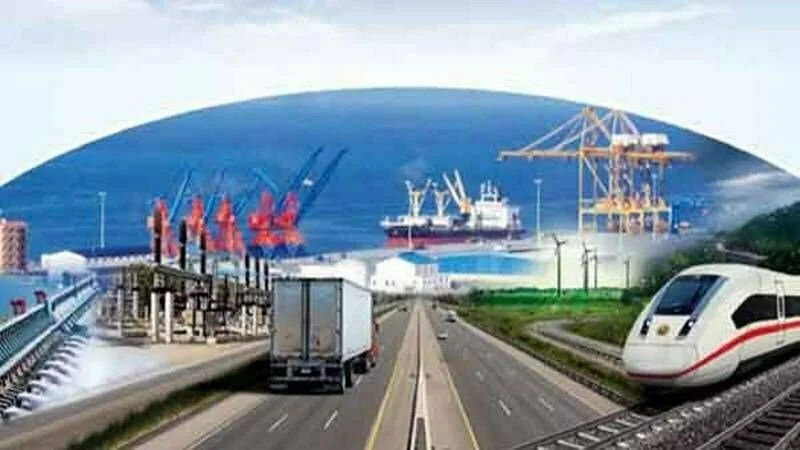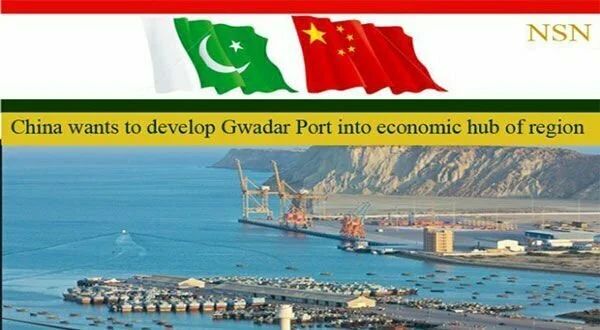The Economic Corridor is a strategic disposition used to integrate cities/countries to trigger economic development. This includes linkage through infrastructure development encompassing augmentation of railway lines, pipelines, roads, and ports, etc.
China-Pakistan Economic Corridor is nowadays one of the most ventilated propositions on media. The beautiful prints of the agreement have inseminated seeds of felicity and confidence among nationals of both countries with its promising fruition. The prospective corridor of opportunities costing $ 51 billion is on one side the biggest overseas investment incurred by China as a step to fulfill its One Belt One Road dream and the largest historic Foreign Direct Investment inflow into Pakistan, reflecting its significance through its inclusion in the next five years development plan of People’s Republic of China.
The fifteen year targeted mega project will connect Xinjiang, the biggest province of China, to Europe and Central Asia through Gawadar Port situated in Baluchistan. This portfolio of projects include development of industrial zones and infrastructure connecting roads, railways and airports, incorporation of more than 16000 MW energy projects including pipelines to transport oil and gas to Kashgar, the completion of the Iran-Pakistan gas pipeline; and a number of coal, wind, solar, and hydro energy plants that would contribute approximately 10,000 megawatts to energy-deficient Pakistan by 2018.
CPEC project is not only going to agape new gates of trade for China and Pakistan but also godsend the whole South Asian region. Trade and economy are likely to boost among Pakistan, China, Iran, Afghanistan and Central Asian Republics through improved trade and connectivity among these countries.
Extensive capital is vital to sprout investments in infrastructure and energy. However, Pakistan being a developing country faces scarcity of the capital resource. The projects like CPEC are rewarding Pakistan with strong Capital inflows against utilization of its strategic location. In addition to this, propagation of more than 700,000 direct jobs between 2015–2030 is expected as a result of the 51-page agreement expecting to contribute 2 to 2.5 percent increases in Pakistan’s annual economic growth.
By and large, CPEC Project is distinctly salubrious for national development. It will not only strengthen Pak-China friendship but will also open new avenues of trade and investment, increase employment rates and reduce energy deficiencies in Pakistan. Nonetheless, these could only be achieved by the outlined agenda subject to efficient and effective implementation of the plan.
Gawadar was not part of Pakistan. It was acquired by Pakistan from, Kingdom of Oman against $3 million.
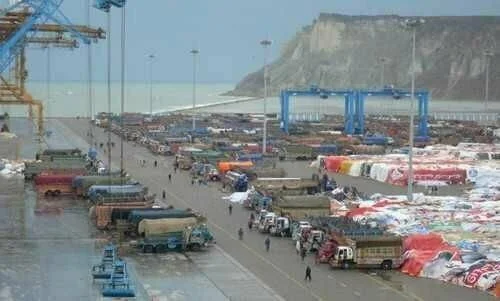
The route of CPEC starts from Xinjiang, China and enters Pakistan at Gilgit Baltistan
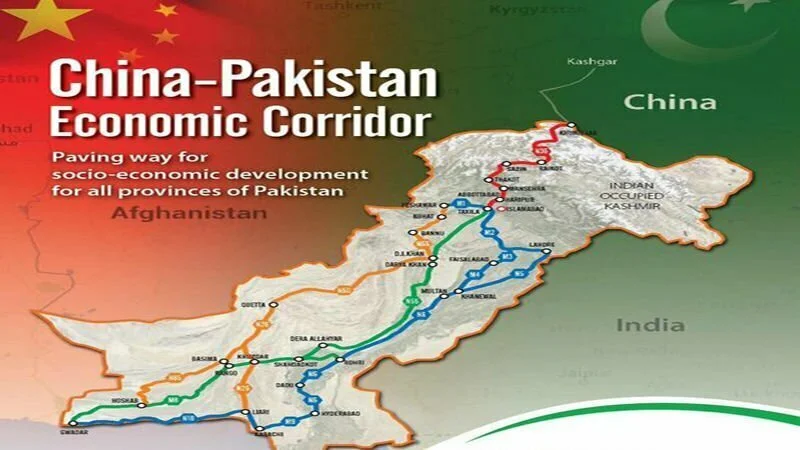
It will be the trade hub and create worries for the Middle East that has the major trading hubs of the world
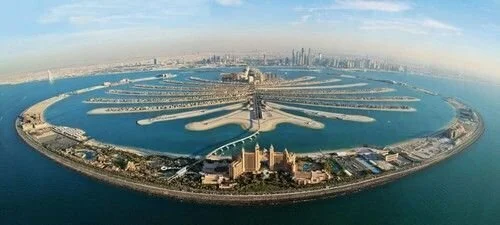
Economic development and growth of Baluchistan
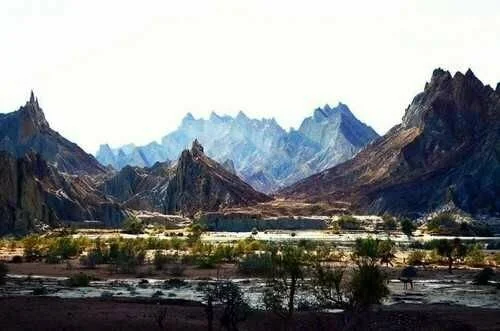
Quick mobilization of Chinese Army in case of war between China and India

Growth of remote areas of Xinjiang province

Economic power will shift to China, and it can emerge as Super Power as well. That means there will be no more direct role of Policeman, USA
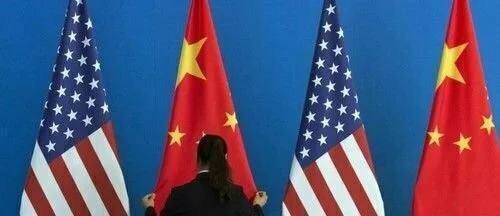
China can well explore the other routes in addition to current South China Sea route
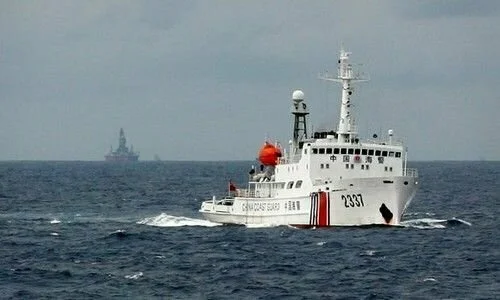
Shortening of sea route and easy access to China to the Middle East, African and even European Markets
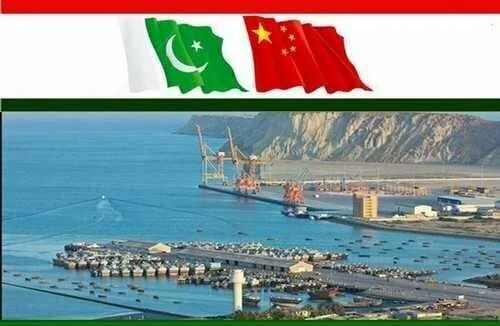
It will be one of the largest economic centers in the world
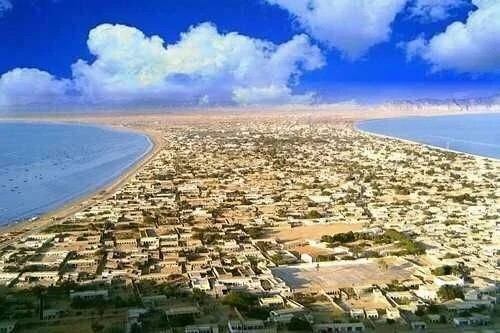
Greater means of communication in shape of advanced telecommunication, railways, airlines and roads infrastructures
